Common Car Accident Injuries
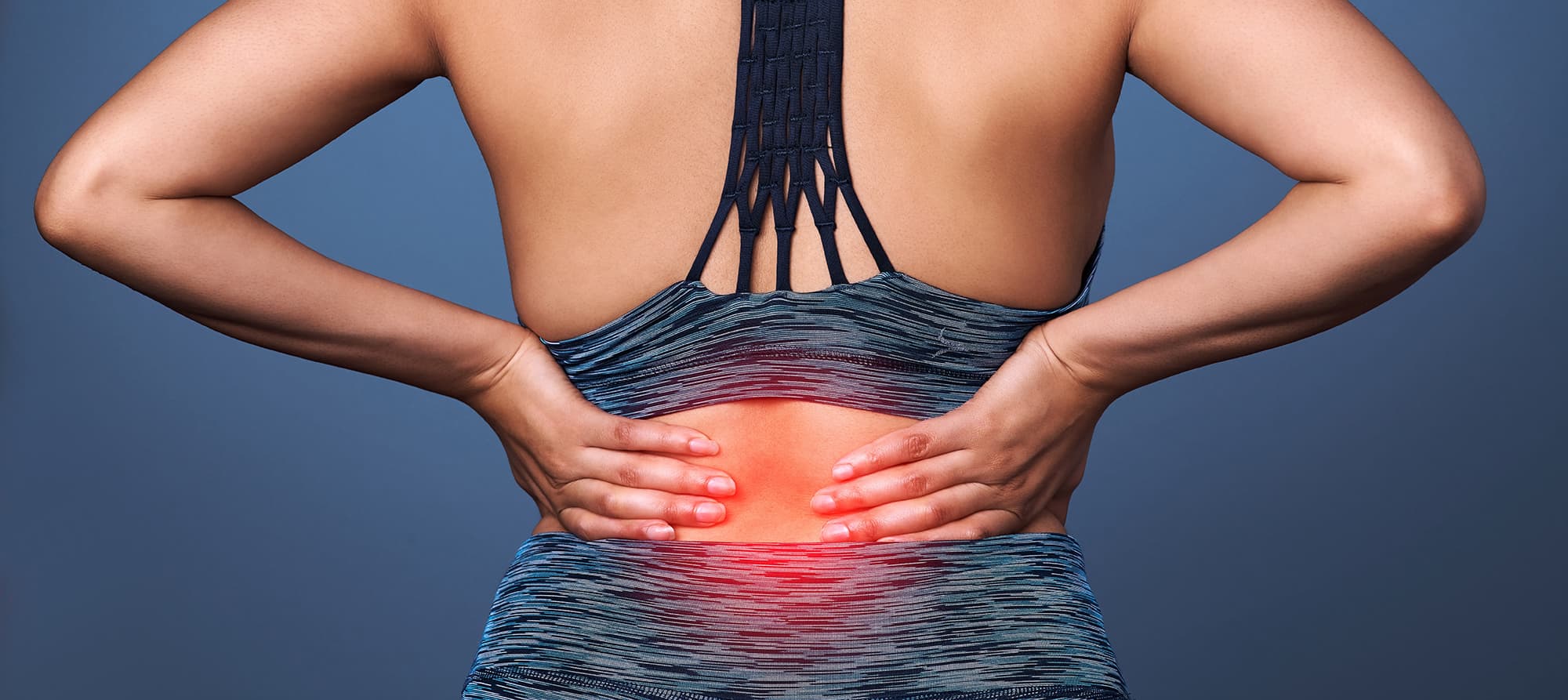
Common Car Accident Injuries and Injury Prevention
With over 2.7 million of the 6.75 million total car accidents in the US resulting in injuries in 2019 according to the NHTSA, more than a quarter of all car accidents end up with injuries, ranging in severity from minor bumps & bruises (known in the legal world as soft tissue injuries) to permanent disability & dismemberment. Here we’ll discuss some of the most common car accident injuries, how they happen, and what to do if you’re facing a similar injury after an auto accident.
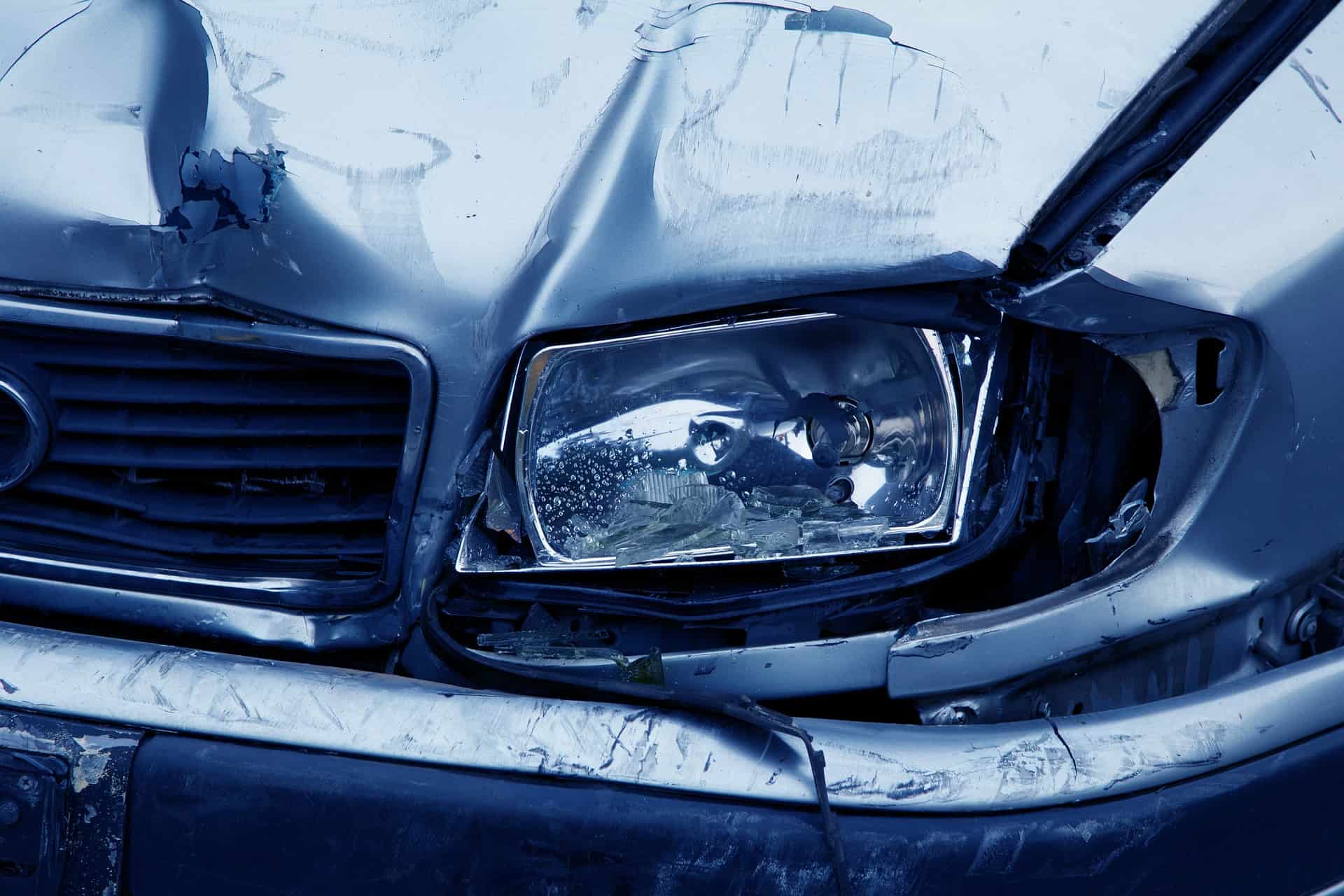
- How Much Is Your Car Accident Settlement Worth?
Find out the maximum compensation you could receive.
- How Much Is My Car Accident Settlement Worth?
Car Accident Whiplash
Often seen as a result of rear-end collisions, whiplash is one of the most common car accident injuries. Whiplash typically occurs when the head is jerked forward and then backwards quickly and violently, causing the muscles and ligaments in the neck to become strained. Since whiplash isn’t as easy to diagnose or gauge severity as other injuries, it’s often downplayed by insurance companies following a car accident. But whiplash injuries can be very serious, causing tremendous pain and disruption to a victims life.
Delayed onset whiplash, where pain & symptoms of whiplash can take days and sometimes weeks to show up, is another common car accident injury. This makes it very important to exchange insurance information with an at fault driver, even if you’re not feeling any pain at the time of the crash.
In most cases a mild case of whiplash will mean a few days to a couple weeks of recovery time, and will often go away on its own with little to no medical treatment. However, more serious whiplash can mean time away from work and family activities, and months of chiropractor visits and physical therapy. Whiplash injuries are graded by severity on a scale of 0-4, with 4 being the most severe whiplash injuries, usually requiring hospitalization or surgery.
Learn More About Car Accident Whiplash
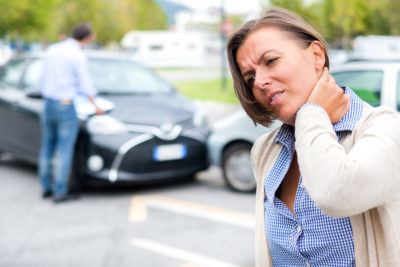
Hip Injuries
Hip injuries in car accidents often occur in T-Bone collisions when one car hits another from the side, causing the door panel to collapse inward on the victim. This can cause an assortment of injuries to the hip, most of which are quite serious.
But not all car accident hip injuries are the result of T Bone collisions. The force of an auto accident from any angle can be enough to cause significant hip damage, and hip injuries are sometimes seen in head on collisions when the dashboard collapses into the leg/knee area of the driver or front seat passenger, causing the legs to be crushed inward and dislocating the hip joint.
Some of the most serious hip injuries are seen in motorcycle accidents, where the rider has very little protection from an oncoming car or truck and can often be in positions where their leg can be caught under their motorcycle or another car. This can result in lifelong, often debilitating hip injuries.
Common hip injuries in car accidents include:
- Hip Dislocation: This can be a very severe and painful injury, usually occurring when the leg gets pushed in or to the side as a result of impact with another car, causing the hip to dislocate. There are 2 types of hip dislocation: Posterior dislocation, where the thighbone slips out of the hip socket in a backwards direction is by far the most common, accounting for approximately 90% of all hip dislocations. Anterior dislocation, where the thighbone is pushed forward from the hip, is far less common and only occurs about 10% of the time.
- Broken Hips: As one of the largest bones in the body and a central part of everyday movement, a broken hip can be incredibly debilitating. Because of how hard it is to not move the hips at all, the healing process from a broken hip can often be long and frustrating.
- Hip Flexor Strains & Tears: The hip flexors are a group of muscles surrounding the hip and are very active in walking and other day to day activities. The force of a car accident can be enough to stretch or tear these muscles. While these hip injuries are typically less severe than a broken or dislocated hip, a torn or strained hip flexor can keep someone bedridden for days, since this is such a crucial joint for walking around, getting in and out of bed or a car, etc.
Learn More About Hip Injury Settlements
Back Injuries
The type of back injuries that occur in auto accidents are wide ranging in both scope and severity. When the force of one car strikes another, the body will often get violently jerked around, which can be jarring to muscles, bones, and ligaments in the back.
Some common back injuries in car accidents are:
- Bulging discs
- Herniated discs
- Slipped discs
- Broken bones
- Pinched nerves
While some of the more minor injuries like sprains and other soft tissue injuries will heal on their own and cause very little interruption to daily life, more serious back injuries suffered in car accidents can have both immediate and lifelong consequences. Broken backs, chronic sciatica, and slipped discs in the spinal cord usually require immediate medical attention, corrective surgery and many months of ongoing treatment to fix. These back injuries can also cause many people to miss work for long periods of time, which can play a large role in their car accident settlement.
Learn More about Back Injury Settlements
Neck Injuries
Aside from whiplash, car accidents can cause an array of injuries to the bones, muscles, and ligaments in the neck. Neck injuries in car accidents usually occur when one car hits another with enough force to make the head whip back and forth or side to side with tremendous violence, putting a serious amount of stress on the neck in the process. Common non-whiplash neck injuries include:
- Broken neck
- Sprained neck
- Slipped/bulging vertebrae in the neck
- Pinched nerves
Historically, neck injury settlements in car accidents payout more than whiplash… especially if there’s a broken bone involved. This can be a lot easier to prove in a settlement negotiation, so insurance companies tend to be more generous with the settlement offer for your neck injury.
Learn More about Neck Injury Settlements
Post-Traumatic Stress Disorder (PTSD)
PTSD is defined by psychiatry.org as a psychiatric disorder that may occur in people who have experienced a traumatic event. This traumatic event can be anything from an abusive situation to combat, and the trauma of an auto accident can definitely bring on PTSD.
Many motorists suffer from post-traumatic stress disorder (PTSD) after a motor vehicle accident. The experience of being involved in a wreck can have lasting and life altering effects, including PTSD.
PTSD symptoms after a car accident can include:
- Anxiety
- Depression
- Insomnia
- Nightmares, especially about the traumatic event
- Avoidant behavior
- Emotional, often angry outbursts
Just as with more evident physical injuries, anyone who thinks they’re suffering from PTSD after a car accident should seek medical attention from a primary care physician or psychiatrist.
Wrongful Death
Unfortunately, according to the NSC, car accidents accounted for over 36,000 deaths in 2019 alone. That means 12 people out of every 100,000 died in the US in as a result of auto accidents in 2019.
While nothing can ever replace the loss of a loved one, if the accident was caused by someone else, you should be able to seek substantial financial compensation.
Concussions, TBI, and other Head Injuries
Unfortunately, there are many ways a person can sustain a head injury when they’re involved in a car crash. Even more unfortunately, these can also be some of the most severe, including brain injuries and skull fractures. As the body moves with the force of impact, the head can hit windows, panels, and the steering wheel.
Sometimes this impact can be minor, causing only a slight headache. But other times the force of the impact can be so great that it can cause a traumatic brain injury and leave the victim with permanent brain damage.
Many people who’ve suffered injuries to their head as a result of an auto accident suffer from concussions and have secondary and tertiary effects such as headaches, insomnia, depression and lack of energy. New research on CTE and brain injuries also indicates that the first few days after suffering a concussion are crucial, and another head injury while still recovering from the first concussion can have compounding and devastating results.
Leg & Knee Injuries
The impact of one car hitting another at a high speed can force shins, knees, and other parts of the leg into the dashboard or door of the car. Softer impacts usually leave bruises or cause sprains and soft tissue damage, while severe car accidents can cause serious breaks, dislocations, and tears. Knee injuries are one of the most common car accident injuries seen by doctors and hospitals.
The knee is a crucial and fragile joint that can often be injured in car accidents, especially those that involve head on or side impact collisions. Common knee injuries in car accidents include:
- Torn ACL
- Torn MCL
- Torn LCL
- Meniscus Tears
- Dashboard knee (broken kneecap caused by head on collisions)
Knee injuries often require arthroscopic surgery and many months of rehab to correct
Arm & Shoulder Injuries
With one, or hopefully both hands on the steering wheel, arm and shoulder injuries are quite common car accident injuries. The bones in the arm, wrist, and hand can get broken by the force of impact, and dislocated or separated shoulders can occur pretty frequently.
In addition to broken bones, the most common injury to the arms/shoulders in car accidents is a dislocated shoulder. The force of a car accident can easily force the arm out of the shoulder socket, especially if the arm is holding onto a steering wheel or bracing for impact.
Arm and shoulder injuries stemming from car accidents can cause major alterations in lifestyle, making common daily activities like showering, driving, and cooking difficult.
Broken Ribs
The sudden and violent forces commonly caused by car, motorcycle and other types of motor vehicle accidents can result in broken ribs, bruised ribs and other injuries to the rib cage.
A common car accident injury in T Bone or sidewsipe collisions when the force of the oncoming car hitting the side of the victim’s car pushes door panels and other car parts into the side of the drivers or passengers body, causing the ribs to bruise or break. In more severe collisions internal bleeding and punctured lungs can be seen in addition to broken ribs.
The severity of rib injuries after a car accident is often determined by the speed and force of the impact. Less serious injuries like bruised ribs will usually get better on their own with no treatment in a few day. However broken ribs can require surgery to fix and can be debilitating, making simple daily activities like breathing, talking, and laughing difficult.
Soft Tissue/Minor Injuries
While an injury sustained in a car accident is never a positive thing, if you can walk away with a few bumps & bruises you may want to consider that a win – many are not so lucky. However, there are still usually issues of insurance, auto damage, and possibly legal actions to be taken if you’ve suffered minor injuries in a car accident.
Preventing Common Car Accident Injuries:
New research and safety technology are constantly getting better in the hopes that over time, injuries and severe injuries will become less and less frequent. Airbag technology, safety belts and child seats, tires, sensors and auto braking features are helping maker the roads safer every day. Read about some of the safety technology that’s keeping us safer below:
Frequently Asked Questions:
Car Accident Injuries
The value of a car accident claim is largely determined by 2 things:
- The type of and severity of injuries suffered in the crash.
- Who was at fault and the circustances surrounding the car accident (i.e. who was at fault, were they speeding, under the influence, etc)
However, by looking at average payouts for different car accident injuries we might get a good idea what similar car accident injury claims will be worth.
Here are common payout patterns in car accidents, according to the type of accident and injury:
- Head On Collisions: In a head on collision, the occupant, especially if not wearing a seatbelt, will continue to move forward when the vehicle comes to a stop. It is common for the initial point of impact to be the hips and legs, which can cause ankle fracture and dislocation; knee and hip injuries and femoral fractures. The average settlement for hip injuries in car accidents is largely dependent on whether or not surgery is involved. If so, the medical bills and time out of work will go up quite a bit and will increase the settlement amount. The head and cervical spine may strike the windshield and steering column which can also cause serious head and injuries. The average settlements here can vary widely, as the injuries when someone hits the windshield can range from mild concussions to paralysis and death. The average payout for a car accident wrongful death settlement is usually high, often 7 figures.
- T-Bone Accident Settlements: In a side impact crash, the crash victim accelerates away from the side that is hit. In addition to hip and knee injuries, this can cause compressive pelvic damage, pulmonary contusion, organ injury and rupture of the diaphragm. The average settlement for a t bone collision is somewhere in the $15,000-$25,000 range, depending on the severity of injuries and if there are internal injuries or now.
- Rear End Collision Settlements: Rear crashes often cause severe cervical spine injury if the head restraints do not fit the person properly. Rear end collisions are also the leading cause of car accident whiplash cases, the most common car accident injury there is. Whiplash settlements tend to be on the low side, in the $5,000-$10,000 range, although severe or chronic whiplash cases can produce much larger auto accident settlements.
- Pedestrian Car Accident Settlements: In pedestrian accidents, severe lower leg injuries are common due to impact with the bumper of the vehicle. It’s not uncommon to see torn ACL injuries and broken legs. Another important point in pedestrian accidents is the lack of head protection. Head and torso injuries also occur when the pedestrian hits the windshield. Ground impact can cause head injuries. Because of this, the fatality rate is high for pedestrians hit by cars, so is the rate of serious injury. Both of these often result in very high average settlements.
- Average Motorcycle Accident Settlement: Motorcyclists experience serious head injuries when the head hits another vehicle or the ground. Although safely technology has improved greatly over the past 10-20 years, helmets reduce fatal head injuries by 1/3 and the risk of serious facial injury by more than half, motorcycle accidents are still much more likely to cause serious injury or death. Average motorcycle accident settlements are high, probably more than $25,000.
In most of these cases, speaking with a car accident attorney to understand your options is a good idea. They’ll be able to give you a good idea how much your car accident injury claim is worth.
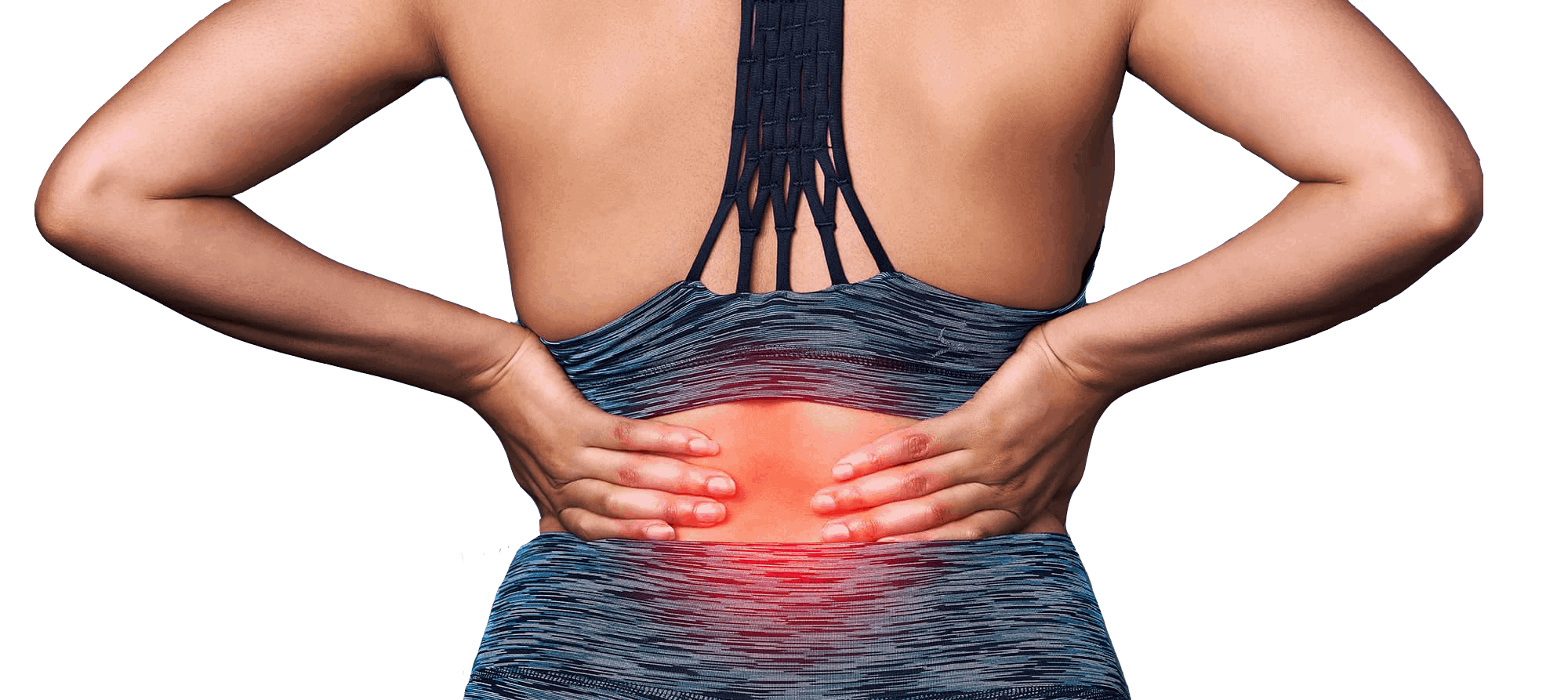
- Speak to a Car Accident Attorney
- Fast, Free & Confidential!
According to the NHTSA, below are the top causes of fatal car accidents:
- Speeding: Everyone in America seems to be in a rush. Driving too fast for conditions, or more than the speed limit, is the most common cause of fatal car accidents. Driving too fast in adverse weather conditions causes many deadly crashes. Other factors include driving too fast around a curve; not understanding the intentions of another driver; inability to slow in time due to speed; and inability to compensate for maneuvers by other cars due to speed.
- Under the influence: People are legally impaired by alcohol when their blood alcohol level is .08 g/dL or higher. Statistics state that 12% of drivers in fatal wrecks were legally intoxicated. But it is possible to get into a fatal crash even if your BAC is below the legal limit.
- Veering into another lane: Drivers sometimes fail to stay in their proper lane. This can be from distracted driving due to cell phone, falling asleep, or impaired driving. Also, drivers who suffer a sudden medical condition can veer into another lane and cause a fatal crash. Approximately 8.5% of fatal accidents are this type.
- Failure to yield: In 7% of fatal crashes, the driver did not yield right of way. When a driver fails to yield, the chance of a fatal car crash rises. This is a common cause of T-Bone car accidents at major intersections.
Approximately 40,000 people die in auto crashes in the US each year, and the number of car accident fatalities looks to be increasing in 2021.
High speed auto collisions frequently cause fatal injuries, as do head on collisions. Truck and motorcycle accidents also have a much higher fatality rate than normal car accidents. The most common fatal injuries are:
- Head and brain injuries: A severe blow to the head can cause a skull fracture and fatal brain injury. Some car accidents may involve severe head trauma that does not kill immediately, but brain swelling often can be fatal in the days after the crash.
- Neck injuries: A crash with enough force at the wrong angle can cause the head and neck to whip with enough force to break the neck and spinal cord. This is usually fatal.
- Chest injuries: In many head on crashes, the chest can be crushed by the immense force when it strikes the dashboard or steering column, even if the airbag inflates. This can cause severe bleeding and organ damage that can be fatal.
- Burn injuries: Many rear-end collisions can lead to a fuel tank rupture and fire that can cause fatal burns.
Not every car accident fatality is immediate. A person could be hospitalized for days or weeks with a head or neck injury or severe burns. Delayed fatalities after a serious auto accident can be devastating for the family as they must watch their loved one suffer.
Whiplash is the most common injury seen in car accidents, as are many other neck injuries. This is largely because when the force of one car hitting another rattles the car, and passengers in it, the head can tend to snap back & forth (often occuring in rear end collisions) or side to side (often occuring in T Bone accidents) very violently. Whiplash settlements can vary widely depending on the severity of the injury, work and family situation of the victim, and a number of other factors.
Other common car accident injuries include soft tissue injuries – basically cuts, scrapes, bruises & sprains. With more severe car accidents, more catastrophic injuries such as broken bones, head injuries, and sometimes fatalities can occur from car accidents. Wearing a seatbelt is always a good idea and helps make sure the injuries sustained in an auto accident are on the less severe end of the spectrum.
Car accidents can cause many serious personal injuries and sometimes death. Drivers and passengers often suffer these injuries when slamming into part of the vehicle during the accident. The common injuries in car accidents include:
- Brain injury: A blow to the skull or an object piercing the skull can cause grievous brain damage; this is known as a traumatic brain injury (TBI). A TBI can be mild, such as a concussion, or severe, leading to serious cognitive and motor problems. Whiplash is another major cause of concussions in car accidents.
- Neck or back injury: Whiplash is the most common injury, where the neck is stretched and bent beyond its typical range of motion. The most common cause of whiplash in car accidents is rear end collisions. When one car is stopped and is hit from behind, the occupant(s) of that car get thrust forward. When this happens, the body leads and the head follows, usually in a snapping forward and backwards motion, causing an unmanageable amount of force and pressure on the neck, ultimately causing whiplash.
- Back injuries: Lower back injuries in car accidents are common. These injuries can range from minor sprains to herniated or bulging discs, and can take quite a while to fully heal.
- Chest injury: The massive impact of a crash can shatter ribs or the breast bone, especially if seatbelts were not worn.
- Abdominal or pelvis injury: Hip fractures and damage to abdominal organs are common in high speed car accidents.
- Leg and knee injury: Most leg and knee injuries suffered in auto accidents are crush or impact injuries due to the legs smashing into the dashboard. This is actually so common that there’s an injury known as “dashboard knee“.
- Foot injury: Ankles, feet and toes can be broken in many car accidents.
- Cuts and scrapes: Shattered automotive glass can cause severe lacerations, while airbags and other objects in the passenger compartment can leave scrapes and lacerations.
- Feet, toes and limbs may also be mutilated and require amputation; this is more common with motorcycle accidents.
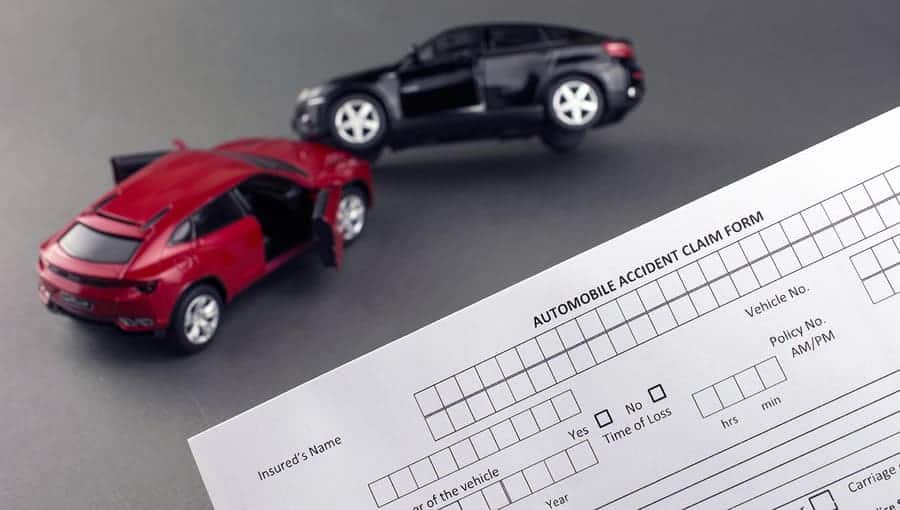
- What’s my car accident settlement worth?
- Find out in less than 60 Seconds!
Related Articles
Whiplash Payout Scale for Grades 0-4
Whiplash is common in car accidents, especially rear-end collisions. Your head and neck are forcefully jerked back and forward by the rapid acceleration-deceleration combination, causing injury to the head, neck, and shoulders. Each auto accident is...
How Long Does a Car Accident Settlement Take?
Involvement in a traffic collision creates a difficult situation, which can be made worse by injuries and property damage. You may be legally entitled to monetary compensation. How long does a car accident settlement take? The answer is different for everyone, but...
How To Adjust to the Traffic and Transportation Culture of a New Area
Even within the same country, transportation cultures can be drastically different. For instance, in New York, the public transportation system is a lifeline for many residents, with the subway being the primary mode of transportation. The city's layout encourages...
The Safety, Pros, and Cons of Different Methods of Transit
There are pros and cons for the different forms of transportation people use every day. The choice of how to get to work or school, run errands, or take longer trips often depends on what modes are available. In densely populated cities, bikes, walking, and public...
How Smart Infrastructure Will Improve and Complicate Public Safety
The American Society of Civil Engineers explains that smart infrastructure uses sensors, cameras, and other connected devices to collect information that helps provide better public services. It works in security, traffic, public transportation, utilities, air...
How To Rethink Your Approach to Hobbies in Light of an Injury
Hobbies are incredibly important for your health and your quality of life. They reduce your stress levels and fight off anxiety and depression by allowing your brain to focus on something you enjoy. You can use hobbies to connect with others, get outside, and get...
Can Exercising Negatively Affect a Car Accident Settlement?
Exercise is a daily part of life for many people. Some individuals work out to stay fit and improve their mobility while others enjoy the mental health benefits of running, swimming, and participating in other forms of exercise. However, after a car accident, it can...
How To Identify Dangerous Driver Behavior in a Taxi or Rideshare
You’ve most likely taken a taxi or rideshare from or to the airport, an event, or just to a friend's house. As integral tools in modern life, they offer convenience, efficiency, and, in many cases, a cost-effective alternative to owning a car. However, like any other...
How New Technologies May Pose New and Unique Distracted Driving Challenges
Distracted driving is one of the most common causes of accidents. The National Highway Transportation Safety Administration (NHTSA) counted 3,522 fatalities in 2021 due to distracted driving. Distracted driving is usually associated with cell phones, but the Centers...
